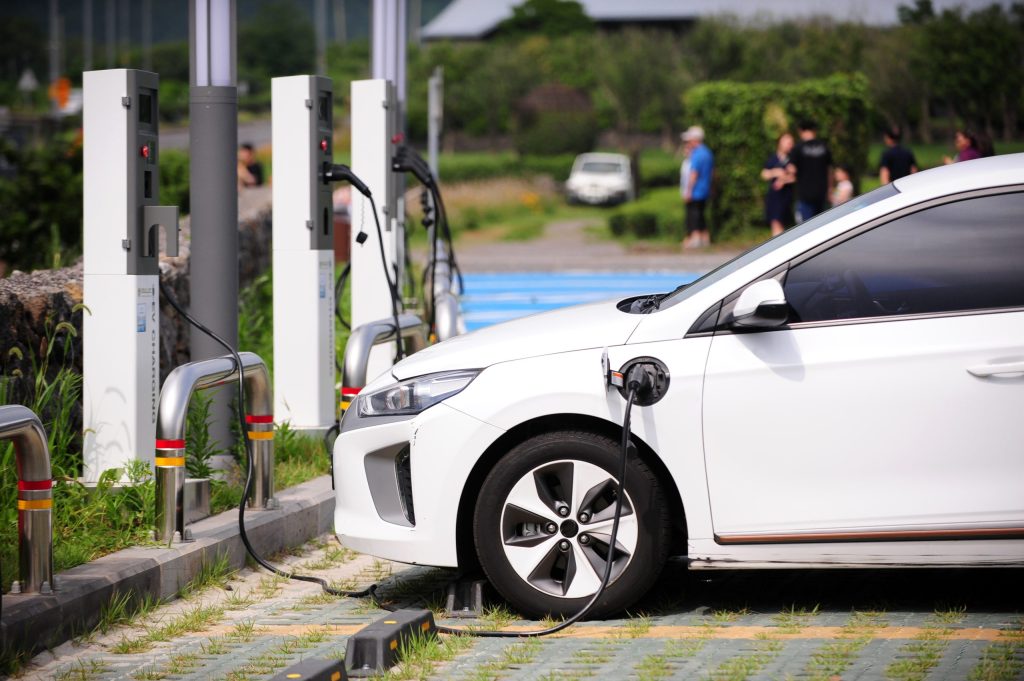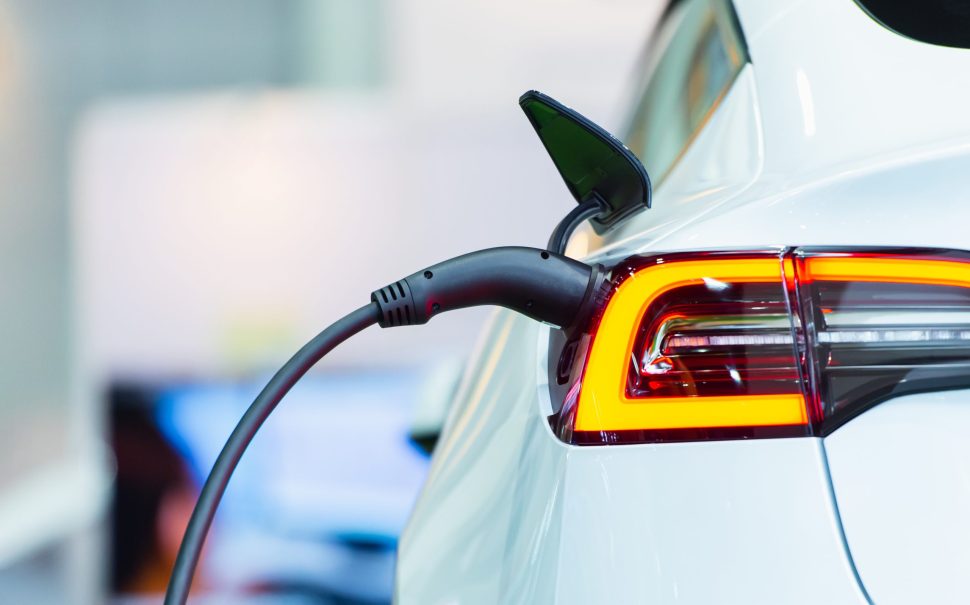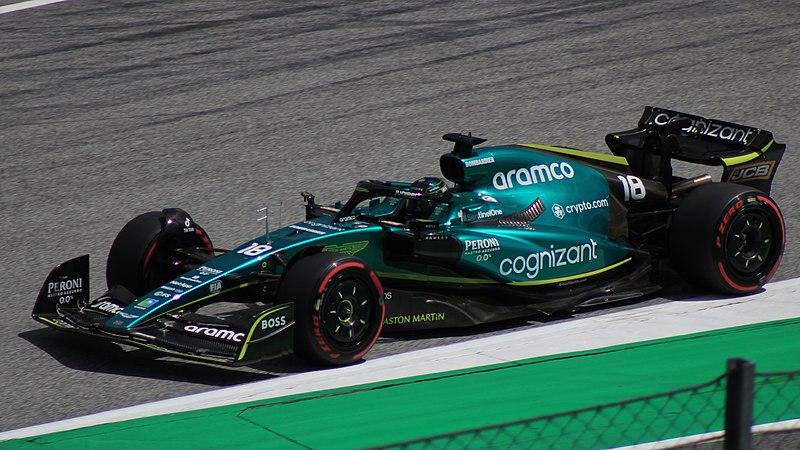London is leading the way as electric vehicle (EV) charging growth in the UK accelerates.
The capital now accounts for over one-third of the nation’s high-speed charging infrastructure, highlighting its role in the country’s transition to electric vehicles.
According to Zapmap data, as of April 2025, there are over 76,000 public charging points nationwide.
The capital boasts 4,500 rapid chargers and the highest density of public charging devices in the country, with 233.6 chargers per 100,000 people.
This growth supports the government’s goal to expand the nationwide charging network to 300,000 points by 2030.
Powering the rollout of EV charging infrastructure
London-based infrastructure innovator Hubber co-founder Hugh Leckie said: “The biggest barrier to urban electrification is a lack of dedicated, ultra-rapid charging infrastructure.”
Hubber acquires sites in urban areas, transforming them into charging hubs for commercial electric vehicles.
A recent project converted a car park near London’s South Circular Road into an ultra-rapid charging site with 1.2 megawatts of power capacity.
Leckie explained they seek land with access to primary and secondary substations and underground high-voltage cables.
He said: “Once secured, we submit planning applications and work with operators to deliver the charging experience.”

UK-wide surge in EV charging availability
Between April and June 2024, London added 1,084 new public chargers, maintaining its lead in absolute growth nationwide.
However, other regions are catching up.
The West Midlands recorded the highest regional growth rate at 14.3%, followed by the South East with a 7.3% increase.
Scotland also showed strong momentum, with a 9.2% rise in public chargers between January and April 2025.
Currently, 8% of all licensed vehicles in Greater London are electric.
This figure is expected to exceed 10% by the end of 2025, driven by local incentives such as congestion charge exemptions and low-emission zones.
While London remains the dominant hub for EV adoption and infrastructure, faster growth rates elsewhere suggest a decentralisation of the EV market.
Birmingham-based EV owner Emma Carter said: “I was worried about chargers at first, but with more popping up and savings on congestion charges, switching to electric made sense.
“It’s good to see the infrastructure improving outside London.”
This trend reflects rising consumer interest and the scaling of EV charging growth in the UK beyond the capital.
Meeting the 2035 petrol and diesel ban requires collaboration across government and industry.
Improved rural charging and battery health standards are key to sustaining momentum.
EV adoption obstacles in 2025: tax changes and consumer concerns
Despite rapid infrastructure growth, consumer adoption faces challenges.
A 2024 AXA UK study found 63% of motorists had no plans to buy an EV, citing concerns over battery lifespan and high upfront costs.
The second-hand EV market is also sluggish, with only 8% of motorists willing to consider used electric vehicles.
This hesitation partly stems from the lack of standardised battery health certificates, which would boost buyer confidence.
Additionally, recent tax changes could further dampen demand.
Since April 2025, electric vehicles priced over £40,000 face an annual tax of £425.
All EVs are now subject to £195 vehicle excise duty, a shift which risks alienating price-sensitive buyers.
These financial factors may slow adoption among middle and lower income consumers, potentially stalling EV charging growth despite infrastructure gains.
For full datasets and further insights, see the SMMT EV registration data and the Department for Transport’s infrastructure statistics.
Featured image credit: Photo by Yeongsik Im on Adobe Stock





